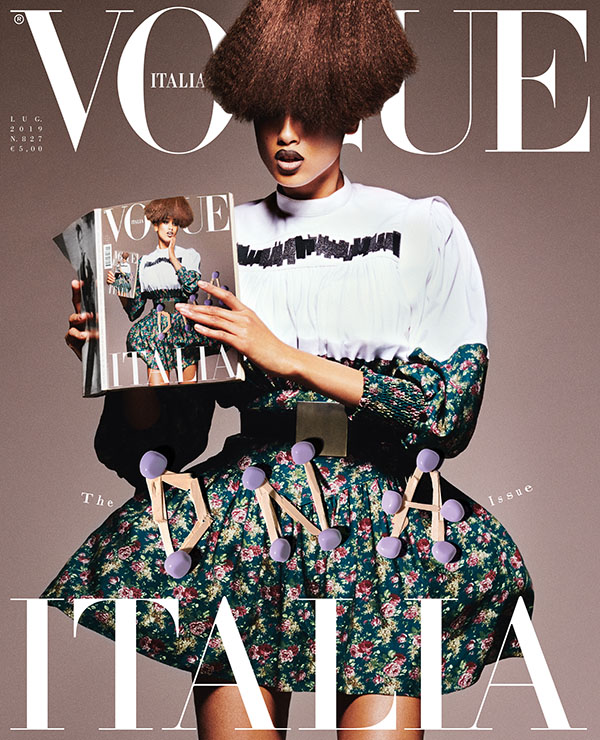The explosion of the livestreaming industry in China has shown the world just how much consumers want to broadcast their daily lives on social media. Official statistics from the China Internet Information Center indicate that the number of live streaming viewers reached 325 million in 2016.
Most of the viewers are young – a fact that has significant implications for the luxury brands in China destined for the country’s nouveau riche millennials. Despite the favorable odds, live streaming has become so widespread that brands are having difficulty reaching their audience, and consumers are having a tough time finding quality streams.
In 2015, People’s Daily newspaper stated that a live streaming show on Douyu, a major service provider, for claiming to reach more than 1.3 billion online viewers for a broadcast, which is almost the equivalent of the population total in China.
The same year, a popular live streaming host publicly stated that the platform he worked for constantly falsified the number of viewers to attract investors. A number of third-party technology companies provide services to increase streams’ apparent popularity, similar to buying friends on Instagram or Weibo.
Taobao is a site that hosts stores that sell packages to people who want to ensure the popularity of their live streaming sessions. For example, for just one RMB, 100 spectators can be obtained. According to Chinese media reports, this gray market is growing rapidly to meet growing demand.
Luxury brands in China should remember that the number of live streaming viewers doesn’t mean they’re aligned with a target market.
Although there are many different types of people watching live streaming video, a general perception is that the people who follow them are either diaosi, slang for losers, or tuhao, which means something along the lines of sticky and newly rich. This specific breed of consumer in American English is known as a poser.
The meaning of the word diaosi has expanded in recent years to include people with bad taste in fashion. Despite this, Swiss luxury watchmaker Jaeger-LeCoultre still chose to use a live streaming KOL (Key Opinion Leader) to play off of the public interest in bad taste.
The collaboration of the fashion brand with the character Papi Jiang has attracted criticism because although he was a well-known celebrity on the Internet, Papi was presumably too low brow and mainstream for luxury. But some have praised the partnership, arguing that Papi has proved sufficiently influential to send a branding message to an emerging group of young consumers with disposable income.
Some believe that live streaming damages the sense of exclusivity that luxury brands exude.
Jun Li, a 28-year-old financial analyst at a foreign investment bank in Beijing who follows luxury companies and regularly buys their products said he wants to feel like the luxury brands he favors are doing something special just for him.
“Live streaming has no boundaries – anyone can watch live streaming as long as they have internet,” he said. Live streaming platforms might not excite the wealthy Chinese in the same way that it does the general population.
The key to the mass success of luxury brands lies in the ability to create well-designed, exclusive products. For example, when Tory Burch streamed her New York Fashion Week show on her official WeChat account for followers in China, Curiosity China’s data indicated that the initiative boosted traffic to the brand’s entire WeChat account.
Can live streaming leverage fashion week? Throughout last month’s fashion weeks in New York, Milan, London, and Paris, livestreaming was omnipresent. It has become an effective channel for luxury fashion brands, advertisers, and influencers to bring exclusive fashion shows to enthusiastic global audiences.
In China, leading luxury brands such as Louis Vuitton, Bottega Veneta, Gucci, and Dior live streamed their fashion shows for Chinese consumers through their main social media accounts.
Some brands have decided to collaborate with Chinese celebrities to promote their live streaming sessions, while others have collaborated with leading fashion magazines, including Vogue, Elle, and Harper’s Bazaar to tap into their existing customer base.
Live streaming doesn’t just stimulate public engagement – it drives sales. Burberry has created entertainment videos for a wider audience than just its consumers, employing the “see now, buy now” model.




























